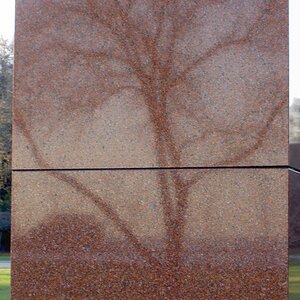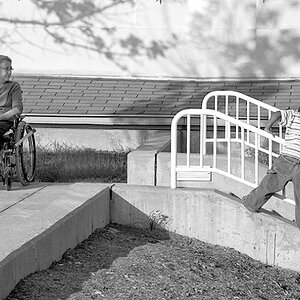MckenzieMontague
TPF Noob!
- Joined
- Jun 4, 2006
- Messages
- 27
- Reaction score
- 0
I am photographing in black and white on a white back drop. I can slightly see a few gradient shadow ripples or lines in my photos. I thought it was a lighting issue, but I moved my lights in every direction possible. I am using 4 strobes. 2 on the side, one on the front corner and one over head.
You can see the shadowed ripples just barely on my calibrated monitor, but you can really see them when I develope them. I really need help. I have had this issue for quite sometime and have tried everything. I am desperate for some answeres.
You can see the shadowed ripples just barely on my calibrated monitor, but you can really see them when I develope them. I really need help. I have had this issue for quite sometime and have tried everything. I am desperate for some answeres.






![[No title]](/data/xfmg/thumbnail/33/33341-3a6934b6cdb015b5acf31087acdcd278.jpg?1619735910)

![[No title]](/data/xfmg/thumbnail/32/32933-a3726bc86a7c36fb222612f8aeab6b84.jpg?1619735763)




